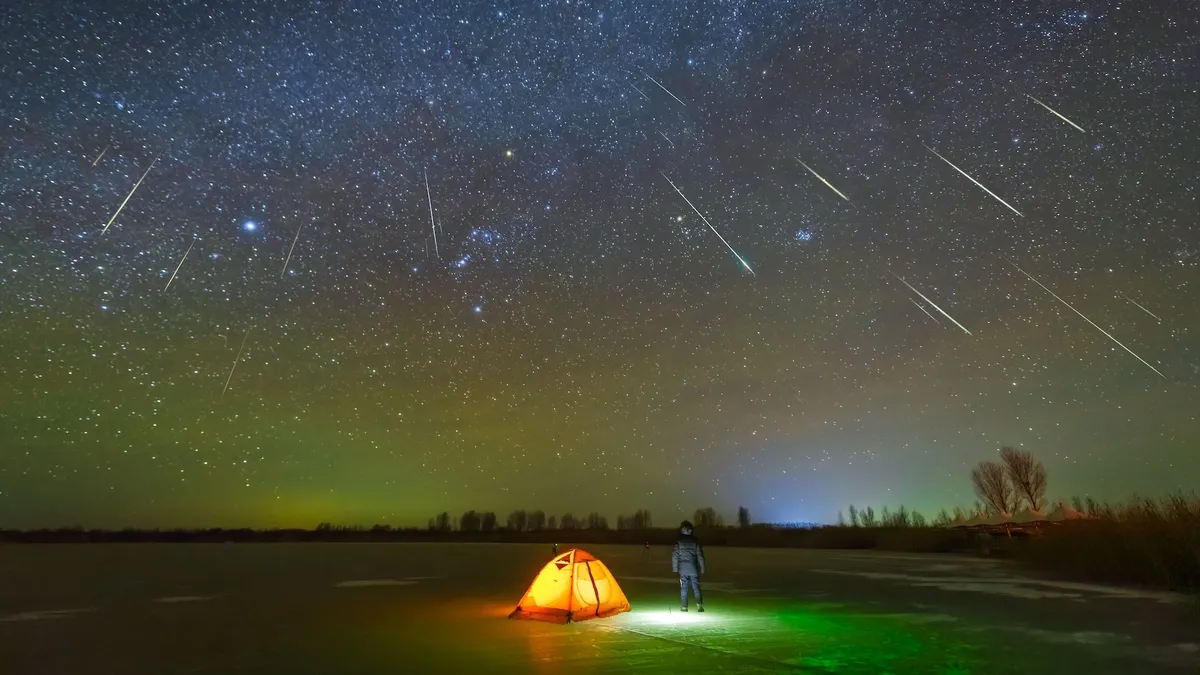
Skywatchers are in for a spectacular treat as the Orionid meteor shower peaks from the evening of Monday, October 20, through the early hours of Tuesday, October 21. This annual meteor shower, produced by the remnants of Halley's Comet, promises to deliver an unforgettable celestial display, coinciding with two recently discovered comets reaching their brightest points in the night sky.
The Orionid meteor shower is active from October 2 through November 7, with its peak occurring on October 20 and 21. This year's peak coincides with a new moon, meaning that the moon will be positioned between the Earth and the sun, rendering the night sky particularly dark and enhancing visibility for meteor watchers. However, it’s essential to note that clear weather conditions are necessary to fully enjoy this celestial event.
Nasa has hailed the Orionids as one of the most beautiful meteor showers of the year, making it a must-see for astronomy enthusiasts and casual observers alike. These meteors are the result of particles left behind by Halley's Comet, which was last visible in the inner solar system in 1986 and is expected to return in 2061. The Orionids are not the only meteor shower associated with Halley's Comet; the Eta Aquariids in April also originate from this famous comet.
In addition to the spectacular Orionid meteor shower, stargazers will have the opportunity to view two recently discovered comets: Lemmon (C/2025 A6) and SWAN (C/2025 R2). These comets will reach their brightest points earlier in the evening on October 20, making them visible shortly after sunset. For the best viewing experience, enthusiasts are encouraged to use stargazing binoculars, although these comets may also be seen with the naked eye from a location away from city lights.
To maximize your experience during the Orionid meteor shower, find a dark location away from urban light pollution. The best time to observe the meteors will be after midnight on October 21. Bring a comfortable chair or blanket to lie back and enjoy the show, and don't forget to keep your eyes peeled for the stunning displays of shooting stars as they light up the night sky!